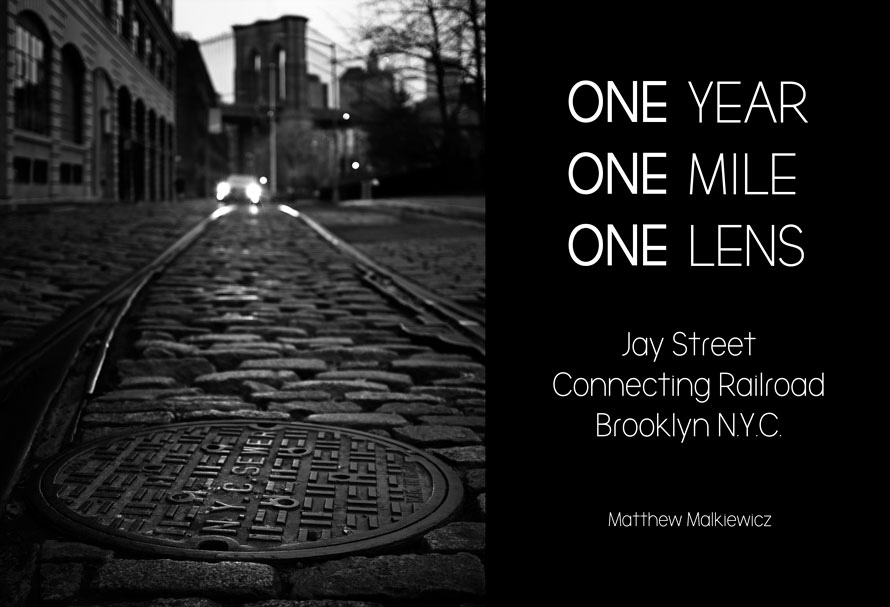
A personal photo project is a journey where the main goal is to shoot intentionally during a given period of time for a certain purpose. A way to motivate shooting more pictures, stretching creativity, and supporting an important cause. It is best committing to subject matter which draws passion, in my case vintage railroads.
One Year
These days I absolutely enjoy photography more than ever. A labor of love. It is my obsession and passion.
Inspired by National Geographic photographer Todd Gipstein’s “X100: 1 Mile, 1 Year, 1 Lens” video, I challenged myself with this similar twelve-month personal photo project. Over a period of one year, I used the Fujifilm X100T camera with integral 35mm equivalent fixed lens exclusively at a one mile portion of a former freight railroad on the streets of Brooklyn, New York City. All the compositions include the abandoned but still intact right-of-way; the objective being a documentary of how the surrounding environment matured around the once-bustling rail line.
This self-assignment is something that rapidly expanded, so much so that it spawned a dedicated website and this book. I never expected it to resonate so deeply within. It has given me a lot to think about with structure within my own photography. I am my own editor and sequencer. Breathing new life into my art making. ‘One’ had a clear cut beginning, middle, and end. Now a hardcopy of something I can finally hold in my hands. I am proud to have made this book, my first project of this kind, and I highly recommend an outlet along these lines to those looking to grow in new ways. It’s always been in front of me, as clear as day, a personal discovery that became a photographic endeavor, pushing my creative energy to a new level.
From this one year journey, a heightened interest in exploring the world photographically has inspired me to start a “365 Project” with the same camera; taking a single photo each day for a year of everyday subjects. I want and need to be forced to carry a camera with me, to come up with new ideas and hopefully see life a bit differently.
These days I absolutely enjoy photography more than ever. A labor of love. It is my obsession and passion.
One Mile
I am freezing in time an intimate moment between the fleeting and the final which cannot be reproduced.
In the early part of the 1900’s, a small freight railroad operated along the streets in the waterfront district underneath the Brooklyn and Manhattan Bridges. Today only the steel rails of the long abandoned railroad exist, which once served various terminals and factories in the area. The rails have passed the test of time; it is the industries that are gone as well as its people. Sadly this piece of former New York City transportation infrastructure is slowly disappearing into an upscale residential and commercial community. Brooklyn has evolved from warehouses to a rich artistic and social community. Old buildings are being repurposed, delivery trucks have replaced the train traffic, the wharfs and docks completely vanished. But these twin ribbons of iron embedded in the historic Belgian block remain, a visual connection with something from long ago. Linking this neighborhood’s past to present day scenes of life, each image includes railroad tracks, not the main element of the composition, but a subtle reminder of this lost bygone era.
On June 27, 1959, operations of the Jay Street Connecting Railroad ceased, shut down forever by its owners. The line was quickly abandoned, equipment scrapped on site or sold off. Now it’s fifty-nine years later and a wheel has not turned on these rails since. During its fifty-three years of operating existence, there were seven locomotives on the roster. None have survived. I think of the people. The railroaders who lost their jobs that day. The townspeople who no longer had to compete with a train on their street. The neighborhood changed, evolving to become modern. Life continued. There is a rebirth of culture. Artists and creatives now occupy the spaces where industrialism once did. Progress neglected a tiny portion of the city’s past. Still these rails in cobble are with us; rusted, aged, worn down.
I am freezing in time an intimate moment between the fleeting and the final which cannot be reproduced. It’s a permanent historical record. The romance of what was and what still is. Capturing the mundane as time continues. The everyday, not the epic or the glorious. It needs to be remembered and documented. This snippet of the present—a fraction of life.
Do the current residents know the history of the tracks? Do they care? Do they even notice as they step over and around them? Are they a hindrance to everyday city life? Do they want them gone? Perhaps my images will provide a new contextual framework for the current residents understanding and appreciation.
I have grown to love everything about Brooklyn—the buildings and bridges, the architecture, the people, the energy and vibe, and the melting pot of diverse styles, cultures and attitudes.
One Lens
I see myself as a photographic storyteller. A photograph telling a story does not need to be explained.
I put severe limitations on gear, location, and vision. The Fujifilm X100T was used to capture every image of this project. Not carrying a bag, the only equipment with me was the camera, a tripod, shutter cable release, bubble level, spare battery and extra memory card. The focus of the project is monochromatic with landscape orientation, identical crop ratio, same focal length and similar post-processing. Most of the gallery is created with the camera positioned one foot off the ground to visually connect the viewer to both the past and present. The boundaries were clearly defined. Working within these guardrails quickly became easy, enjoyable, and non-chaotic. With great success I have applied these new parameters to my other genres of photography, fueling my creative process and intensifying the experience. Restrictions and parameters are now my visionary tools, tied together with a stylistic similarity and theme. Not only has this helped me to improve my seeing but it also taught me patience and the art of observation. I have narrowed my vision and presentation technique, and at the same time expanded my horizons and focused my voice.
I see myself as a photographic storyteller. Someone who tries to create impactful images that have something more to say. To me there is a difference between a snapshot and a photograph. A snapshot’s purpose is to capture a specific moment. With a photograph there is a story to tell; which pulls the viewer in. I approach a scene wanting to make just one photo but it should give a sense of place and time. Concentrating on the details, the simple scenes and its intimate elements. Filtering out the erroneous competing distractions through composition. I try different angles, not afraid of observing from an offbeat perspective. In being a creative I appreciate the esthetic more than the technical aspects. I test various concepts to determine what will help in the quest to communicate an intriguing message. I attempt to engage with the subject, combining good composition, action, and emotion. Where possible, I include people in the frame. Body language is a way of communicating and expressing greater emotional depth in my images. A photograph telling a story does not need to be explained.
Purposely distancing myself from color within this gallery, I removed the distraction of its inherent dynamic qualities, contrast, and visual intensity by working in monochrome to distill the scene to its fundamental essence. Our eyes see the world in color, with black and white comes the increased opportunity for the observer to instead pause and explore the vital ingredients of each image. I hope the viewer instead keys in on substance; light, shadow, negative space, lines, shapes, textures, range of tone, minimalism, composition, and relation of elements in the frame.
Through these photographs I have tried to convey a sense of being there, my goal is to show the cityscape in everyday situations, sharing my views of the abandoned past as well as the upbeat promise the future holds within this community.
One Year One Mile One Lens
Culmination
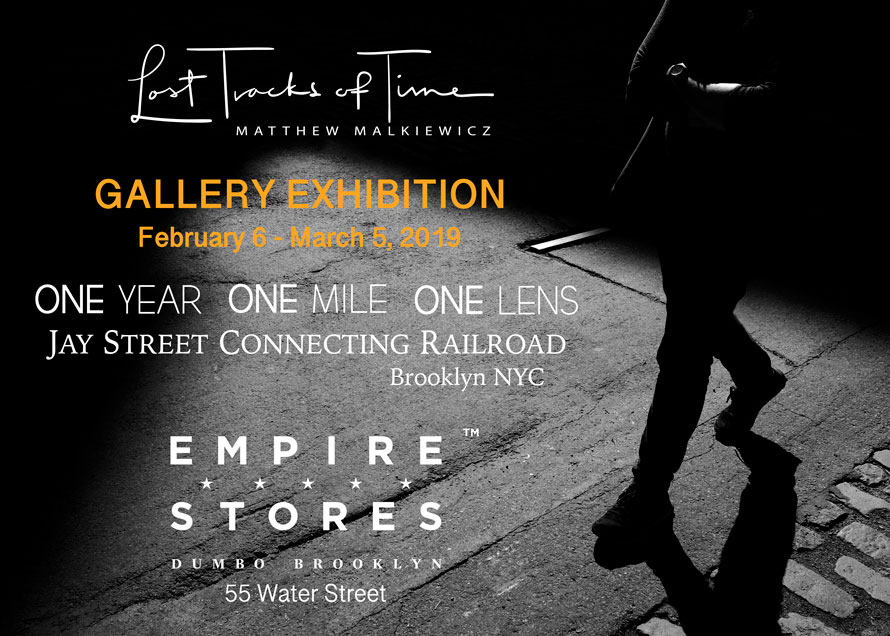
ONE Year ONE Mile ONE Lens” gallery exhibition at Empire Stores
February 9, 2019
The modern urban marketplace located within a revitalized pre-Civil War era warehouse in the Brooklyn neighborhood of Dumbo. Once brimming with goods from all over the world; ranging from animal hides and tobacco to coffee beans and sugar; the newest iteration of Empire Stores offers visitors an all-in-one experience to relax, shop, dine, and take in the view. After a fire demolished the original structure, Empire Stores was rebuilt in the late 1860s and remains one of the last cargo warehouses lining the East River waterfront. In the first half of the 20th century, Empire Stores was owned by coffee industry pioneer Arbuckle Bros. and used as a storage warehouse for unroasted coffee beans for Yuban Coffee. Magnates John and Charles Arbuckle extended the company’s private rail line—the Jay Street Connecting Railroad—to include Empire Stores. Today, remains of the abandoned freight tracks still run along Dumbo’s Belgian-blocked streets, a reminder of the neighborhood’s industrial past. As Brooklyn evolved to its place as the hippest borough in the world, Empire Stores was restored to the stunning, modern-day hotbed of culture, commerce, and gastronomy that it is today.
Matthew Malkiewicz – Photographs and text Copyright 2019
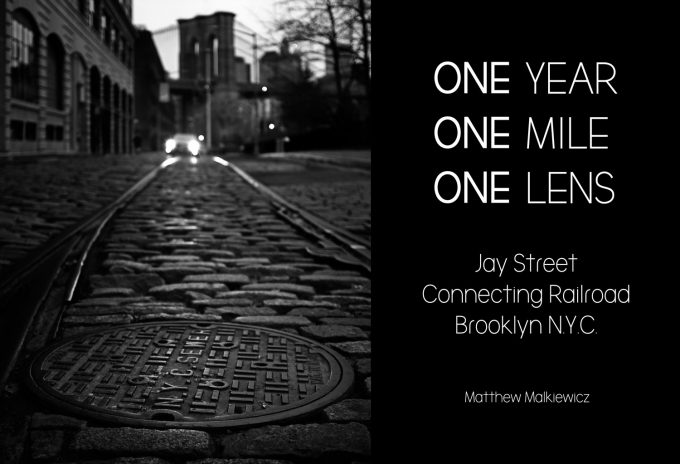
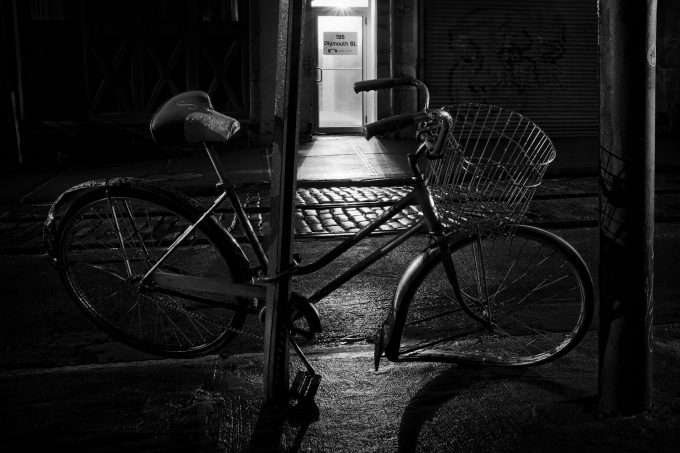
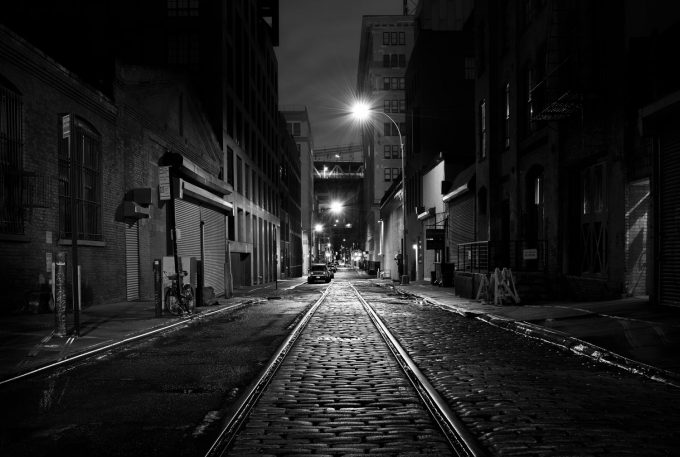
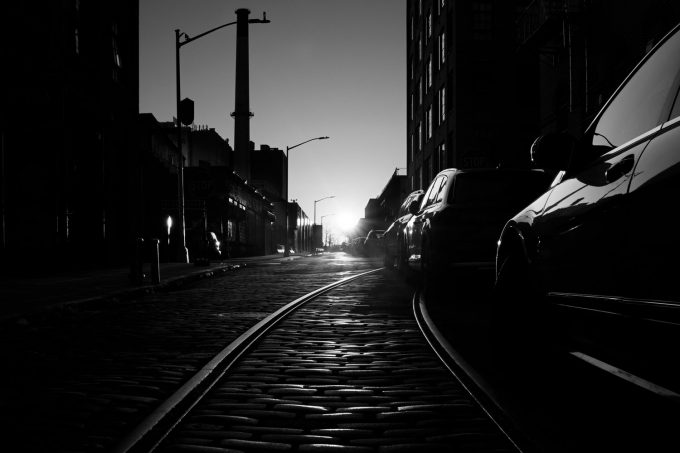
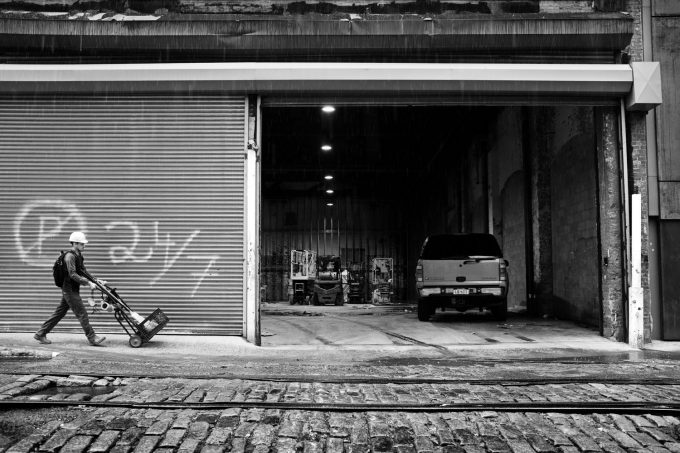
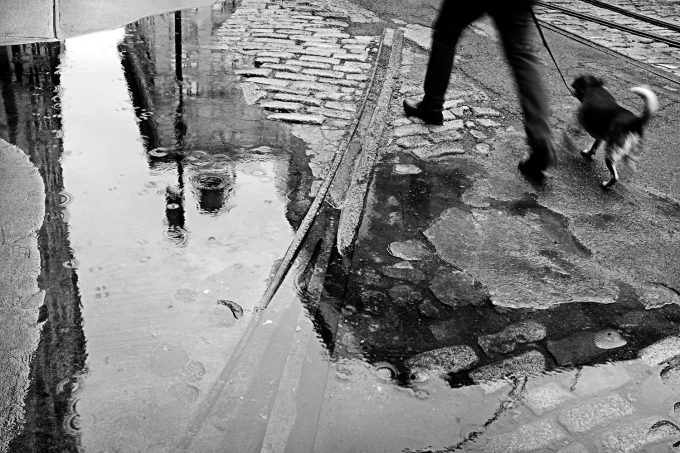
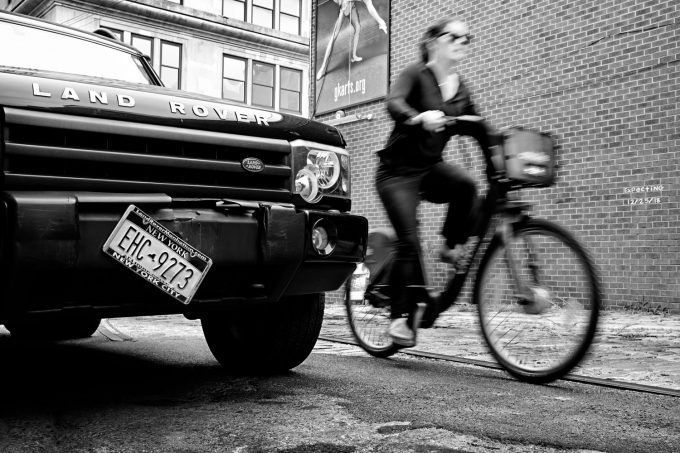
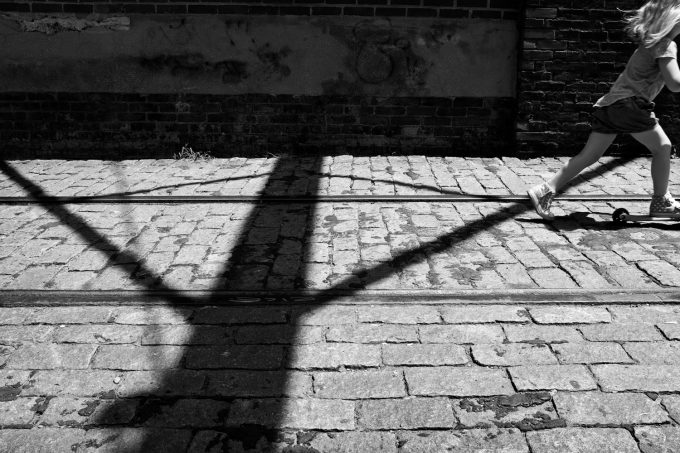
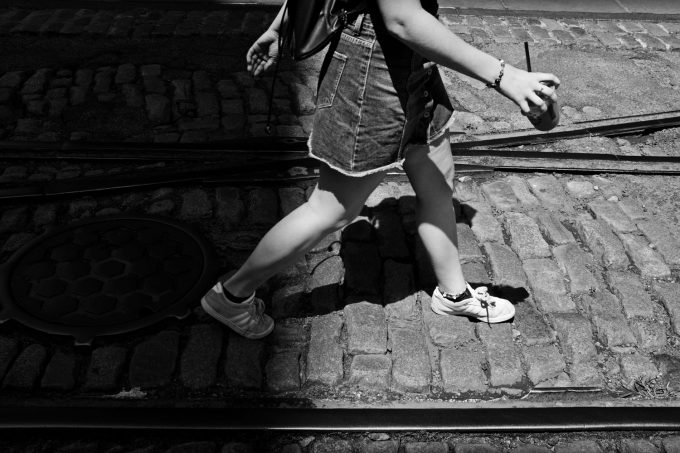
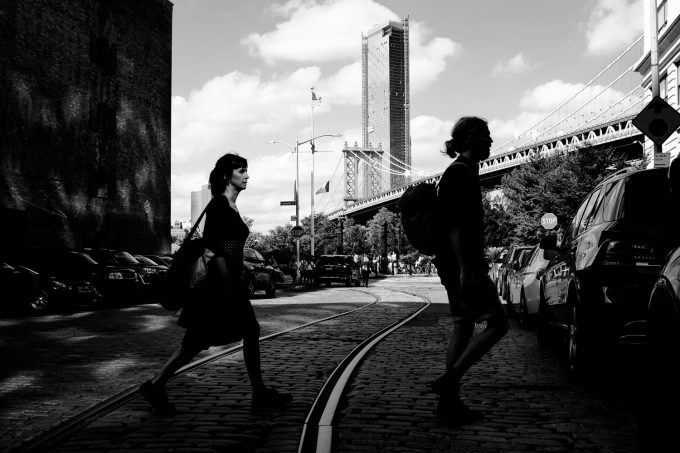
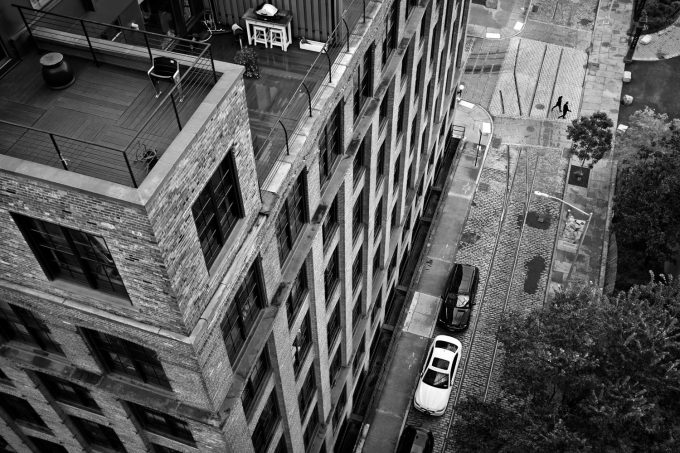
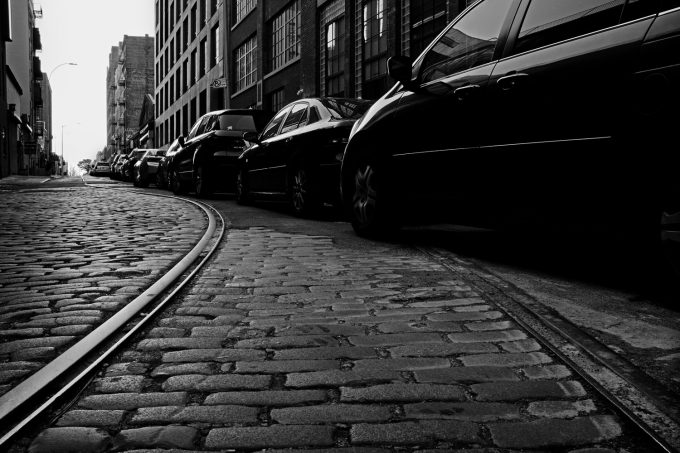
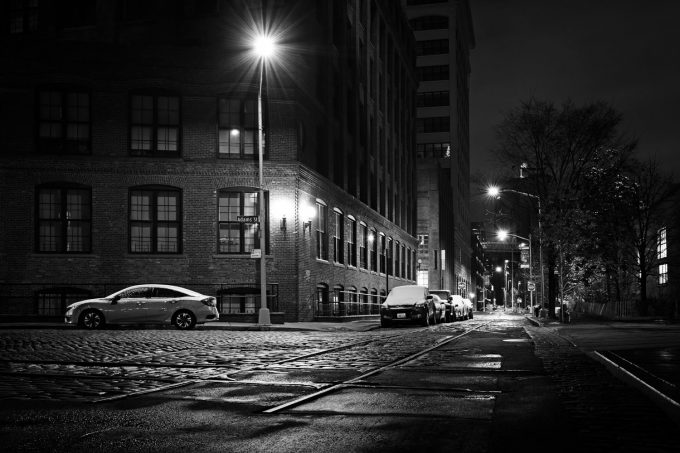
Wonderful pictures and as you say they tell a story. I know an area in New Haven Ct. that I went over years ago that is all gone, it would be interesting to see if the tracks are still in the road we went over. So many ideas come from Tracksidephotographer!
John,
You are 100% correct; the Trackside Photographer is an awesome venue for both sharing your work and learning the efforts of others. Not only locations, but history, technique, and points of view. A most valuable forum Edd presents to us.
Thank you for the compliments!
Matthew
A fascinating idea, well executed! Congratulations on the completion of your project and much success with your book.
Traingeek,
Much appreciated! I strongly recommend a project such as this to everyone, the benefits are way beyond expectation.
Matthew
Glad to see this project getting some “press” here.
Oren,
This project is finished but not complete, I’m still toying with what to do for finalizing it. The single copy of the book has been passed around to so many friends and peers, I have received great feedback and criticism. You included – thank you again.
Matthew
Matthew, I Loved leafing through the book and a job well done ….. however I expected only the “Best” from you and you delivered ….
Congrats on this project !!!
Thank you Jeff!
You always have been and continue to be one of my strongest supporters; having you nearby keeps me pushing upwards. Let’s shoot together again soon!
Matthew
Excellent job, Matthew! It’s smart to challenge ourselves in different ways and you’ve outdone yourself here! The photos you’ve included are a delight to view! I think you succeeded in removing the distractions while still capturing the essence of the city. I especially enjoyed the September photo, which captured the bustle of the city, and the December photo, which captured a moment of respite. It must have been exciting to visit the same place many times through the year and see it in change and flow in time – I’m glad we can share in some of that through your photos. I can’t wait to see the rest!
Thank you Tina!
Tina is a fashion and glamour model who I included in this project; she can be seen in the second September photo of the entire gallery linked below.
https://www.losttracksoftime.com/p1056030407
Tina: Let’s hope for that big snowstorm soon so we can get back out there and create more images together.
Happy New Year my friend!
Matthew
Matthew …
Very cool concept and (as expected) some exceptional photos.
History is what is left after the mass of unexamined lives passes by. Those people don’t even see the rails as they step over them, let alone think about how they came to be.
The tracks themselves have their story but they needed a story teller. Soon they will be gone, but hopefully a sense of “what once was” can be understood, appreciated and visualized from your excellent work.
On a personal note, I am struck by how clean those streets are !!! My first exposure to New York City in the early 1970’s left me with a stubborn impression of how filthy big city streets could be.
One can bemoan the loss of an historical relic. Let’s just be glad NYC rarely suffers from garbage strikes these days.
Anonymous:
Thank you very much for your kind words.
This part of Brooklyn where the project was executed is remarkably clean and safe. I have seen photos from the ’70s and ’80s, the town was run down, dark and not very friendly looking. These days it has become a tourist attraction – part of what I tried to achieve was filtering out the visitors and showing the life of the local residents. Such nice people – if anywhere close to NYC visit the area.
Matthew
Edd,
The first copy of the book has been in your hands for review and comment, please add a few words describing your opinions.
Thank you,
Matthew
I keep coming back to these; they are so good. My fave by far is May. The motion in the man’s leg and the dog following…perfect!
Hope to see you in Nevada.
Rob,
The story about the month of May: I am fascinated by the old wooden water towers that still reside on rooftops in New York City. Such a graphic link to the past in a quickly evolving city skyline. If I could somehow gain access I would conduct a photographic study about as many as I could. In the photo that you like I had the camera setup on a tripod for a reflection shot of a water tower in the puddle which the train tracks are partially in. Just I am ready to capture the image it began to drizzle. The reflection shot was ruined. As I am standing on the sidewalk, a man and his dog briskly walks around me. Amazing how fast the brain can compute – in an instant I realized what the shot really was (and what was originally missing) and captured the image. I could not have staged this any better if I tried; I’d rather be lucky than good any day of the week. And on this day I was extremely lucky.
Yes you will see me in Nevada…
Matthew
Luck is being in the right place at the right time and then being prepared to recognize it and act on it. That’s this photo!
Thanks for the background on the photo – great story! Also, the water towers – I agree completely. Even the new ones are wooden, so it gives the city a link to the past.